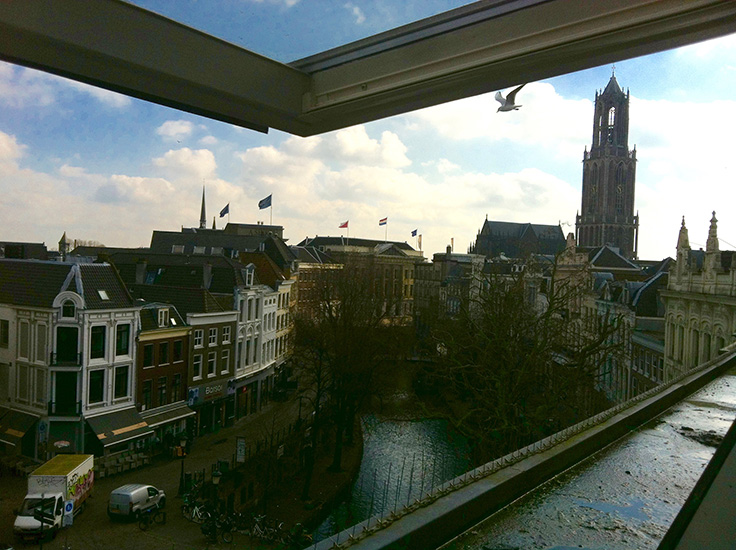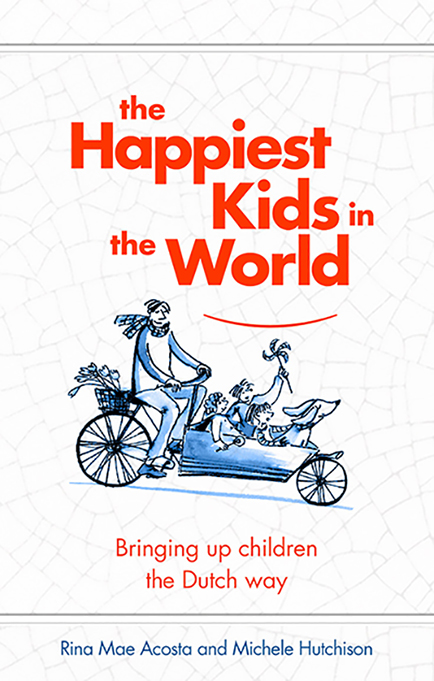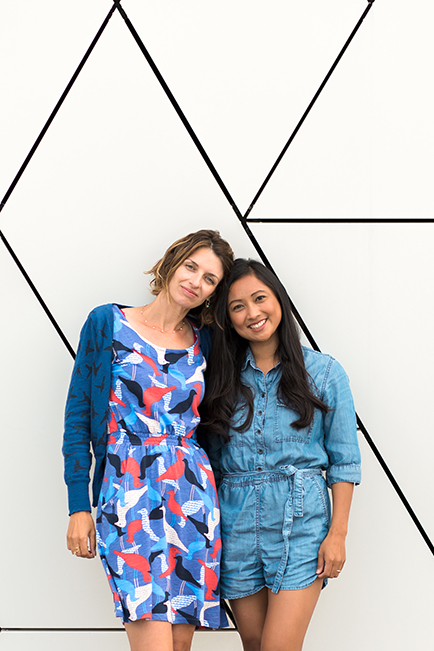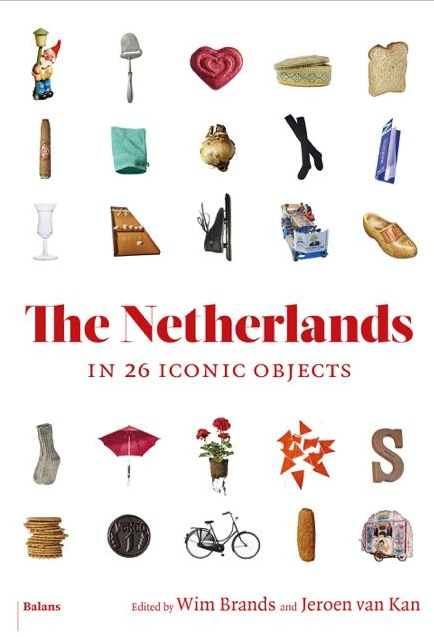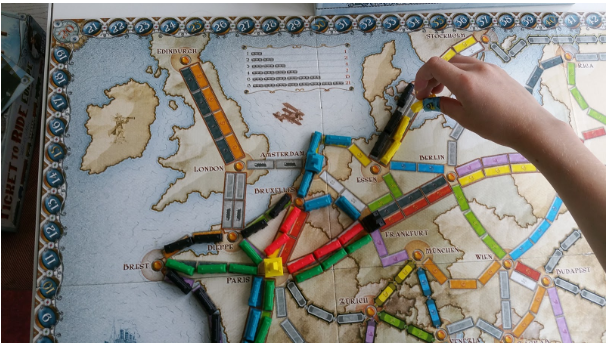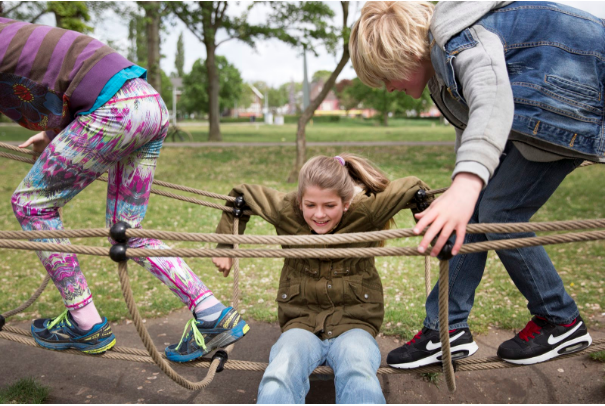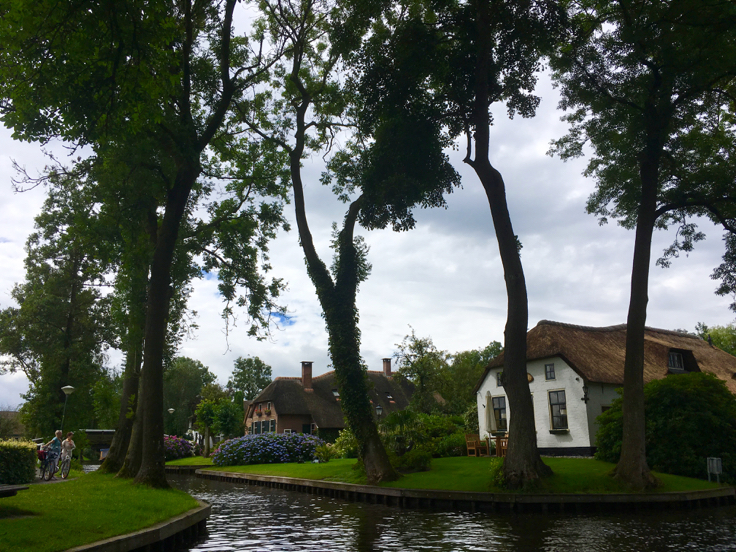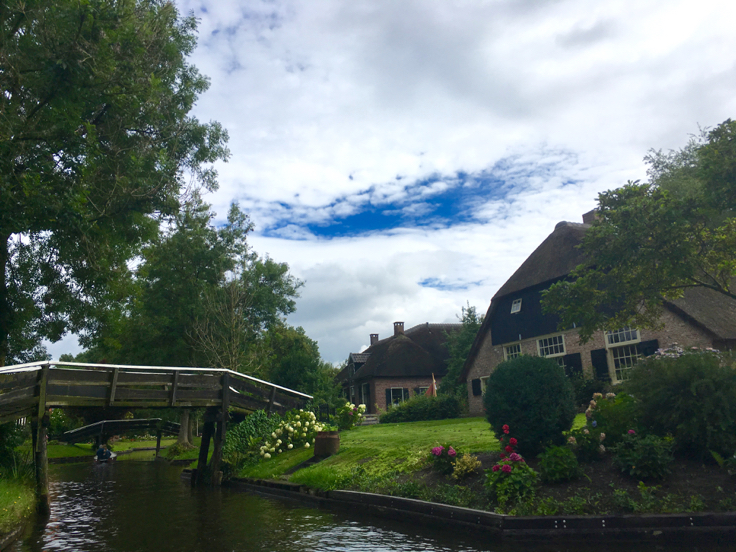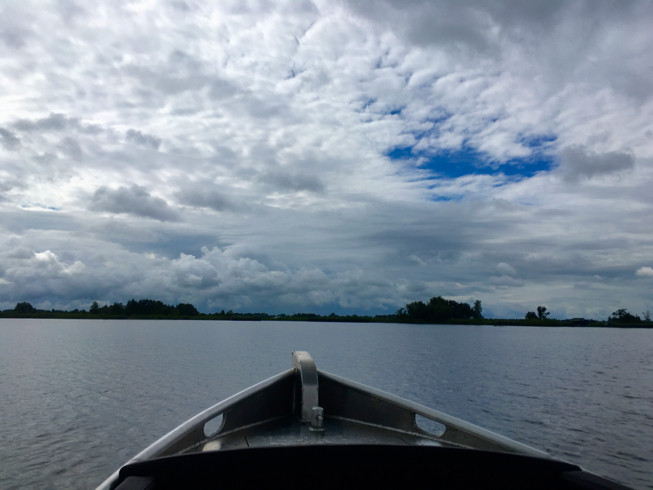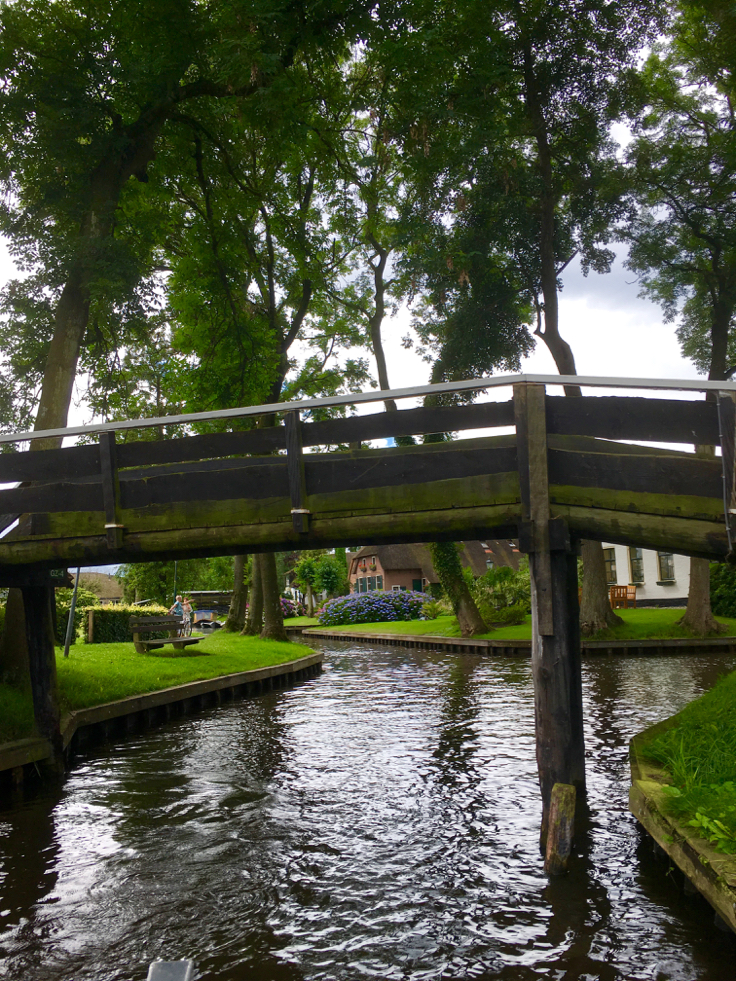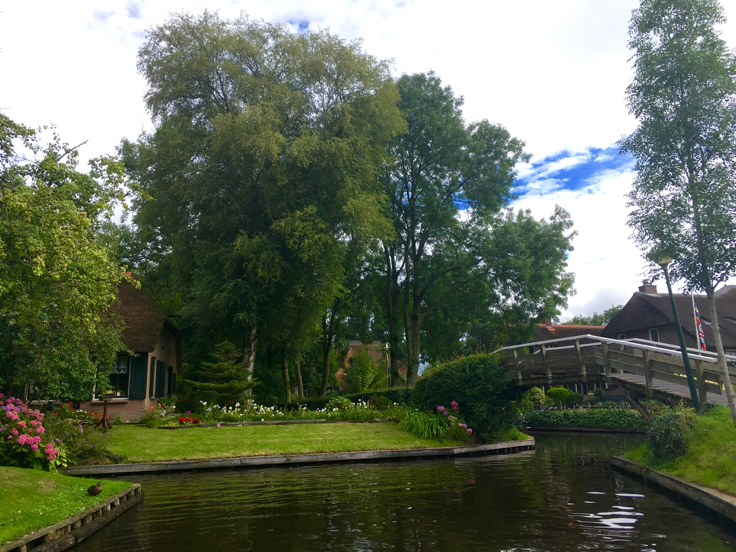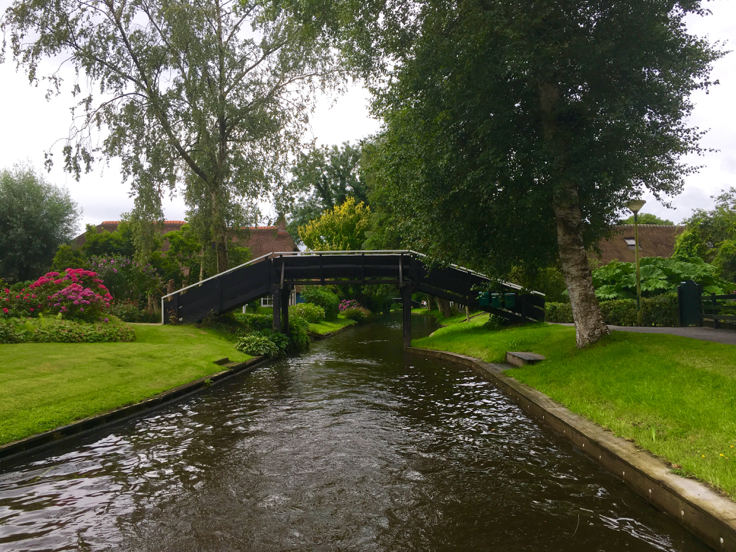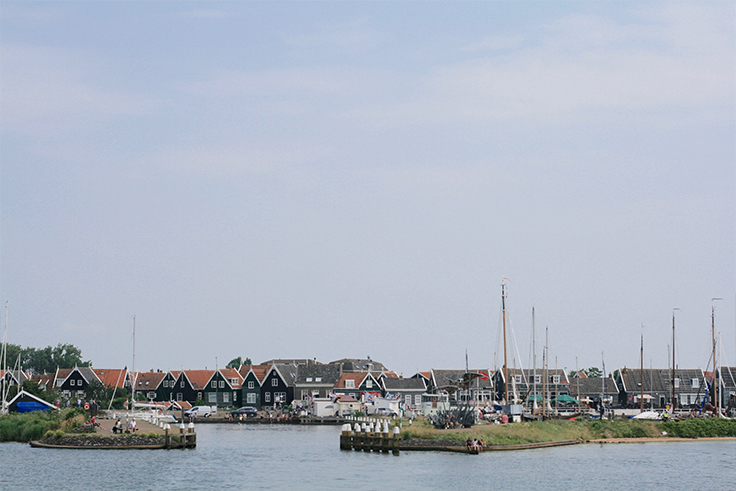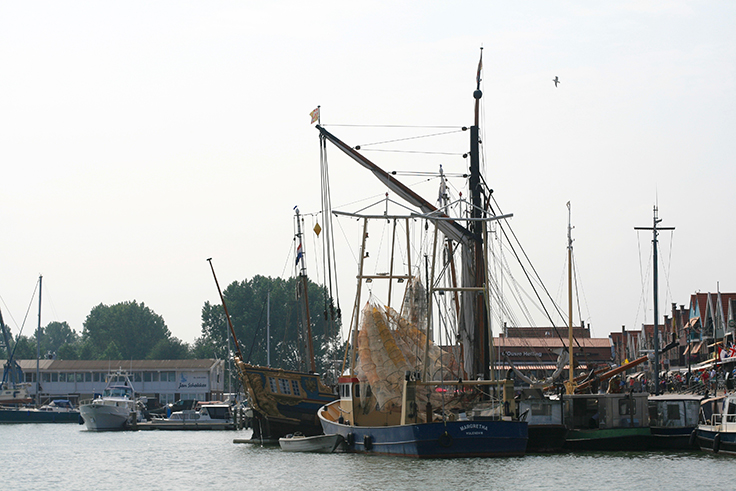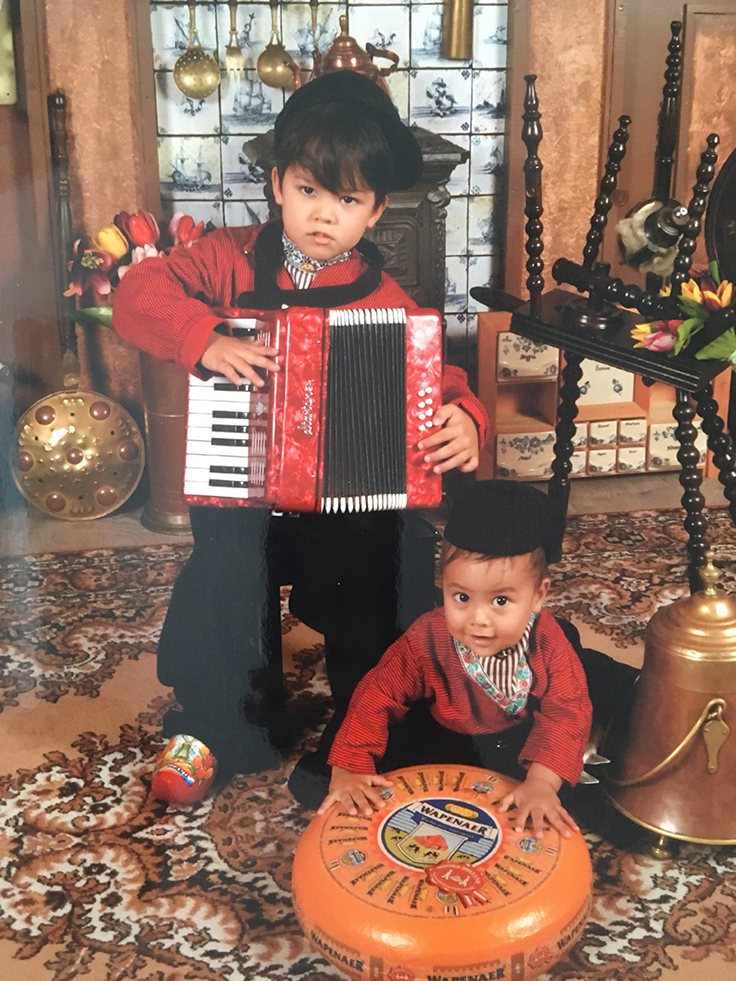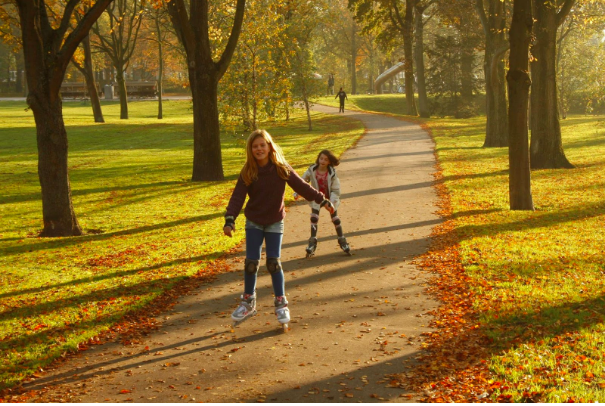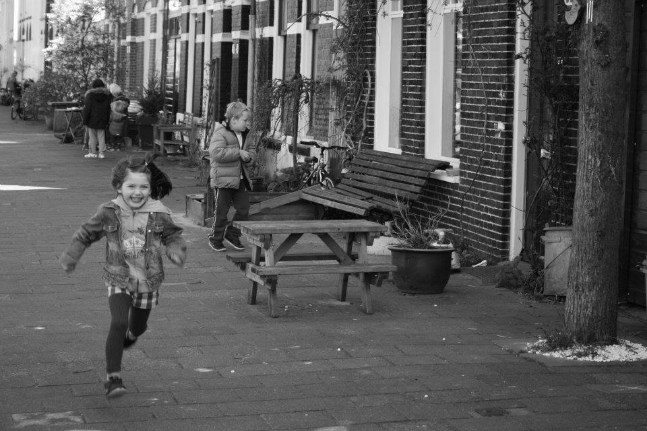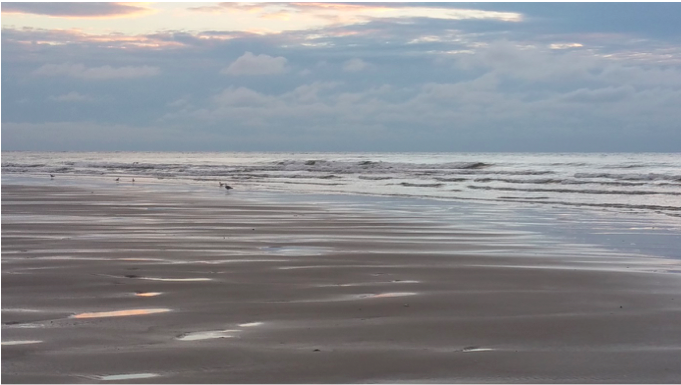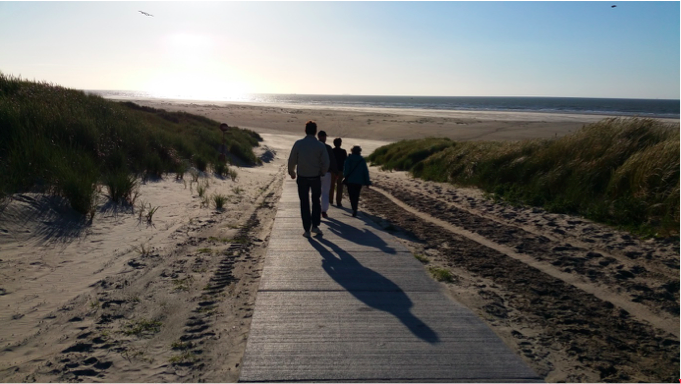“Behind the Scenes of The Happiest Kids in the World” are blog posts that give readers a sneak peak in the making of our forthcoming book The Happiest Kids in The World.
As I am writing this blog post in my home office, the soft autumn light from my window filters through. The leaves are beginning to turn shades of yellow, red, orange and brown – and as they fall, neighbours collect them into piles on the street which children will find themselves unable to resist jumping into. It’s starting to get dark earlier. The crisp air officially signals the beginning of sweater-and-wool-coat-season.
For many, October is still fresh with all the back-to-school energy and momentum of work obligations and deadlines. For me, it’s a special anniversary. Two years ago, I received an unsolicited email from Marianne Velmans- a publisher in London. The subject heading: ” Book proposal?” A simple but life altering request.
Marianne had been following my blog and loved what she read. She asked me if I would consider turning my writing into why Dutch children are the happiest in the world into a book. She was particularly interested in me divulging the secrets of Dutch parenting.
Me? Rina Mae? The stay-at-home American mom who lives in a Dutch village, scribbling down random observations in my blog? Even more so – I didn’t know anyone who had ever written a book. Being intimately familiar with poverty, my parents – like millions of other Filipino parents – preferred their children pursuing professions with more job security and stability – medicine, law, teaching, or engineering. So wanting to be the dutiful daughter, I had my eyes set on one day becoming a doctor. But “life” happened – I fell in love with a Dutch guy and found myself living in Holland to start a family.
But I have always loved to write. Motherhood actually made me a better writer. And I also recognise that living in the Netherlands with a supportive husband, healthy kids and access to great childcare when the need arises gives me the space and freedom to develop my writing. Yet, I never imagined that what was essentially a hobby to connect with other moms on the internet could actually blossom into a real profession.
Here was my chance to have a voice as a published author, and to write about what I am passionate about – how to raise kind, self-assured, happy children using an intuitive, relaxed approach, the Dutch way.
I managed to collect my nerves and give her a call. Unsurprising, I was a bumbling nervous idiot, rambling incoherent sentences interspersed with thank yous. But Marianne was gracious enough to see my potential. Not only had I “met” my future publishing editor, but I had gained a mentor with a generous spirit to hold my hand and show me the way.
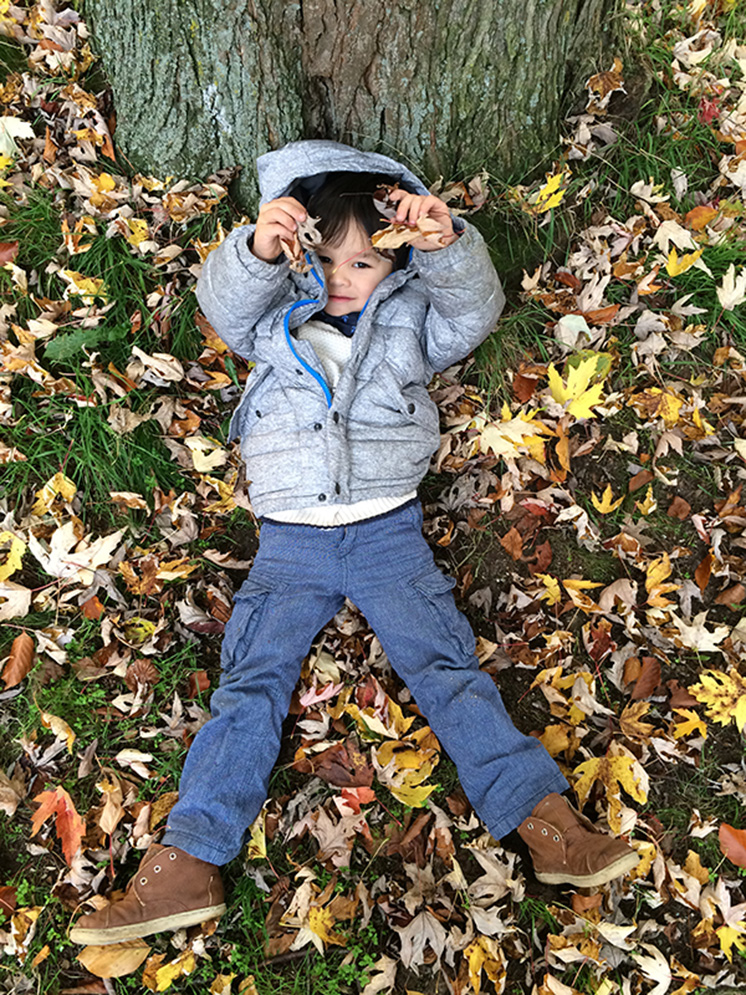
Stay tuned for the next blog post in the series: Michele’s story. How we became a writing duo.
P.S. Can’t wait to get your hands on the book and you currently live in Europe? Pre-order here. If you happen to live in the United States, you can get your copy here.


